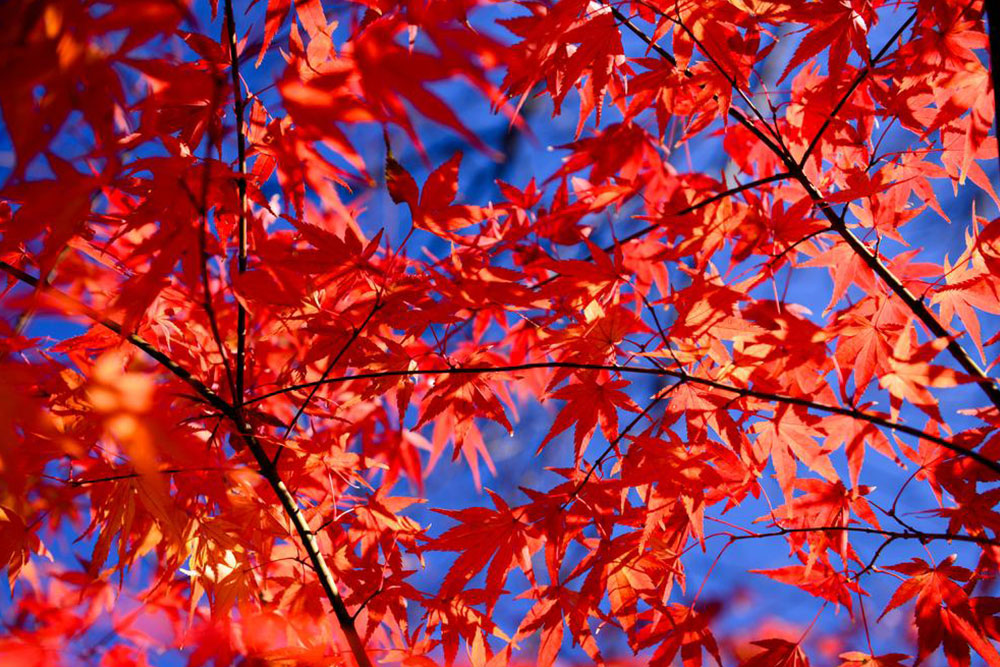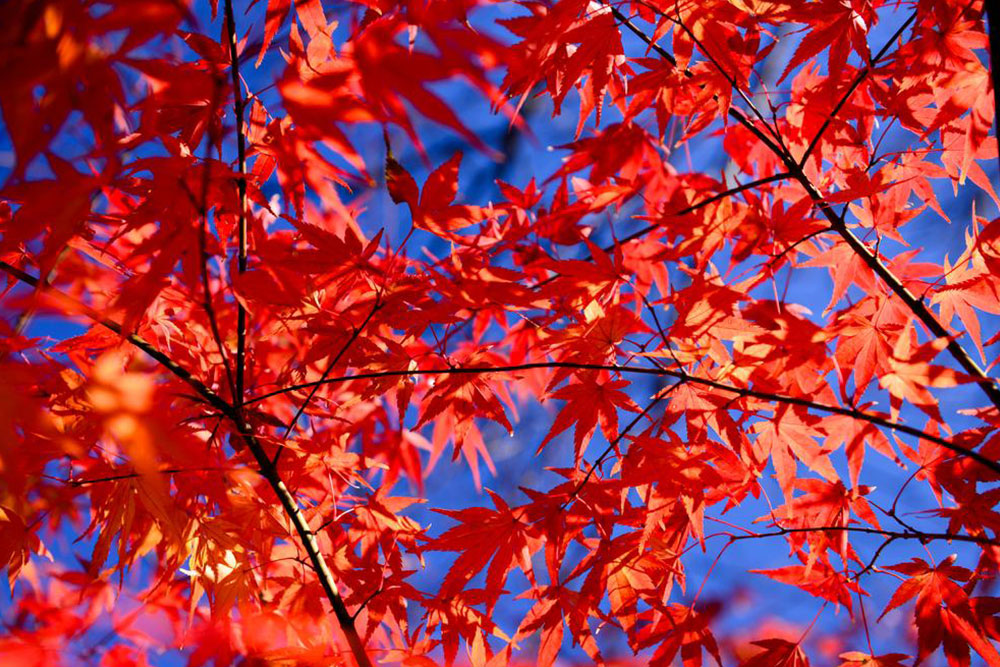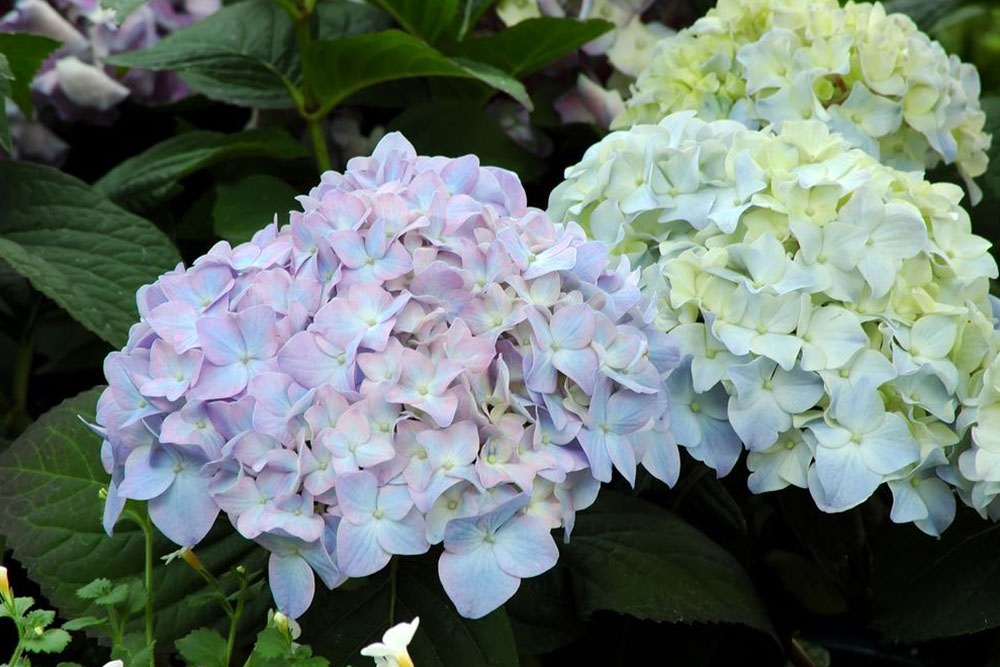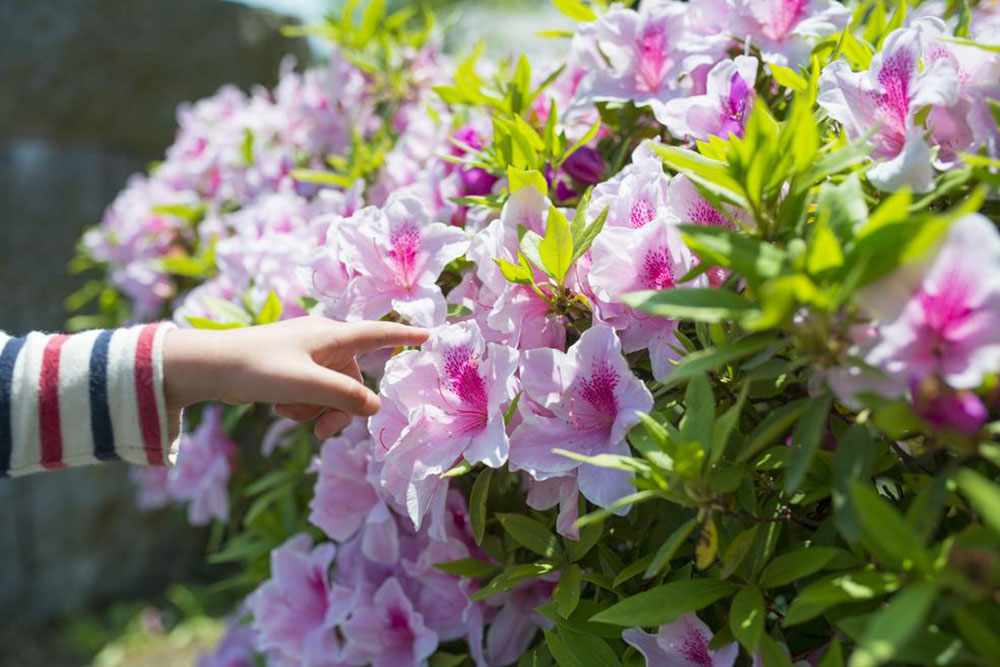Essential Guide to Maple Trees: Pruning Tips, Advantages, and Fascinating Facts
Discover essential insights about maple trees, including proper pruning techniques, their health benefits, and intriguing facts about their lifespan and uses. This guide offers practical tips for tree care and highlights the value of maple sap and wood in various industries, making it a must-read for garden enthusiasts and nature lovers alike.

Essential Guide to Maple Trees: Pruning Tips, Advantages, and Fascinating Facts
Maple trees belong to the Acer genus, Latin for "sharp," highlighting the pointed shape of their leaves. These trees are rich in interesting facts, health benefits, and care tips that every horticulturist should know.
Pruning
Proper pruning is crucial for healthy maple trees. Timing matters, as incorrect pruning can harm the tree's growth. Use specialized tools like pruning shears, loppers, saws, hedge trimmers, and pole pruners to ensure clean cuts and avoid damage.
Having gardening tools tailored for pruning makes maintenance easier. These tools are readily accessible online if local options are limited. Keep tools sharp and sanitized after each use to prevent disease transmission through contaminated equipment.
Health and Nutritional Benefits
The sap of maple trees is renowned for its health-promoting properties. Maple syrup, extracted from the sap, contains antioxidants, vitamins, and minerals like zinc, manganese, potassium, and calcium. It’s a natural alternative to artificial sweeteners. Additionally, maple syrup is utilized in skincare routines for its anti-inflammatory benefits, often applied as a face mask mixed with milk or yogurt.
Interesting Facts
Out of all maple species, sugar, black, and red maples are primarily tapped for syrup production. Maple trees can live over 200 years, with some in Canada reaching ages of 500 years. Maple wood is prized for furniture, flooring, smoking foods, and manufacturing baseball bats. Charcoal derived from maple is used in Tennessee whiskey. Sap collection begins after the tree turns 30, and syrup is obtained by boiling the sap. Interestingly, maple seeds disperse via winged helicopter-like fall.









